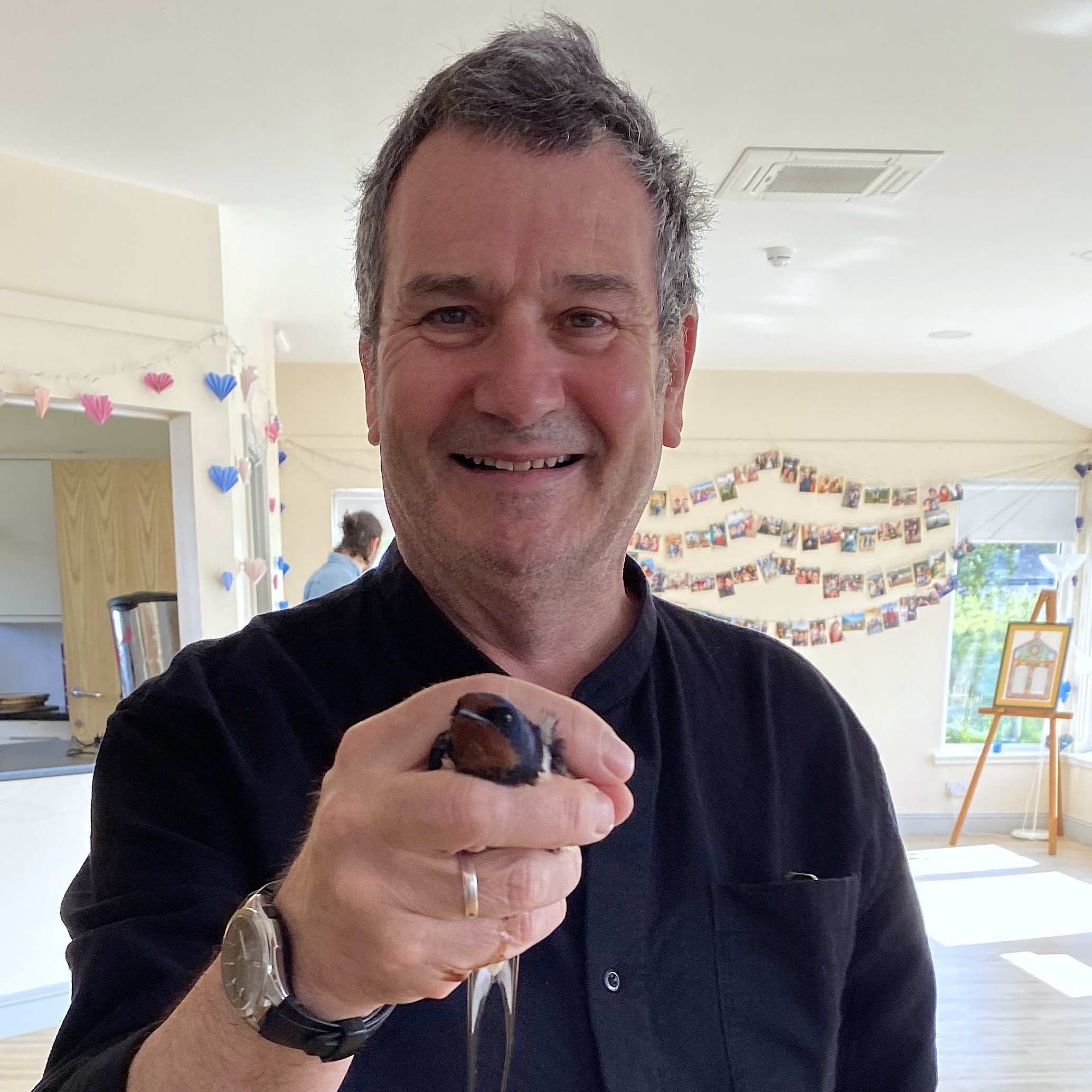Peregrine falcons went to the edge of extinction in the 1960s — today, there are more of them than at any time since the Middle Ages
In the latest instalment of Mark Cocker's 'Winging it' column, he looks at the peregrine, a bird of prey with astonishing speed and super strength.
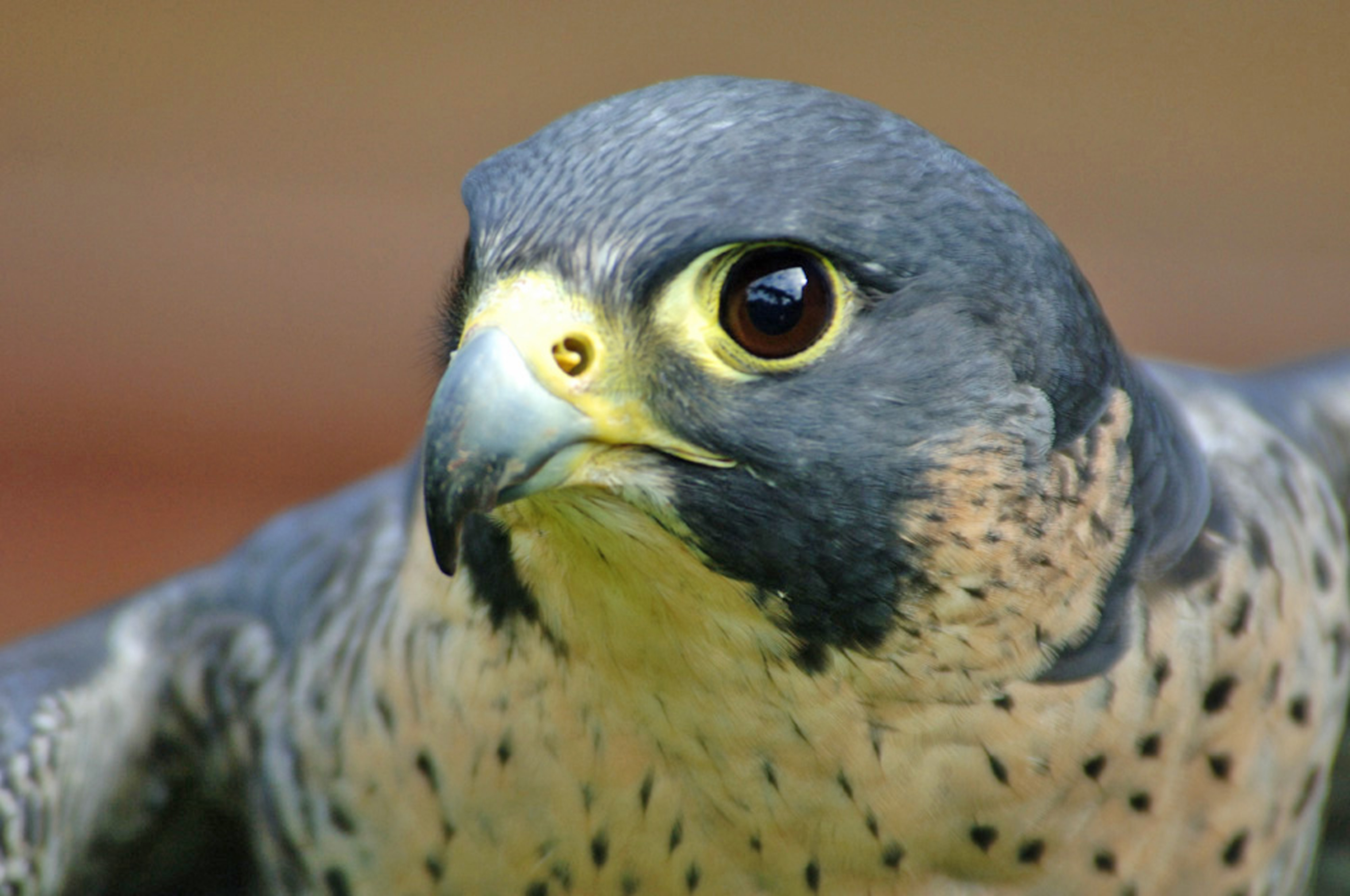
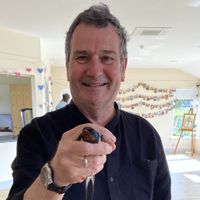
No bird speaks more eloquently of recent ecological change than this iconic falcon. The peregrine (Falco peregrinus) is a species found on six continents and, with Mankind, is one of the most successful predators on Earth and one of Britain's most deadly birds of prey. Today, it has resumed that apex position and globally it’s judged a ‘green-listed’ species, which means the population is of the lowest environmental concern.
Yet this wasn’t so in the 1960s. The news was so desperate and alarm so urgent that this bird — whose distribution wrapped around our planet — was judged to be threatened everywhere with extinction. For once, the small numbers in Britain played a major role in the unfolding international story.
The late Derek Ratcliffe, arguably our greatest naturalist of the 20th century, was fixated with peregrines. By the late 1950s, he, as did others, noticed that the numbers in his Cumbrian home area were inexplicably collapsing and nest sites he’d known for decades were being abandoned. It was his research that eventually showed the cause to be agrochemical poisoning. Once the offending products were withdrawn, bird-eating raptors of all kinds — sparrowhawks, marsh harriers and peregrines — began their steady recovery.
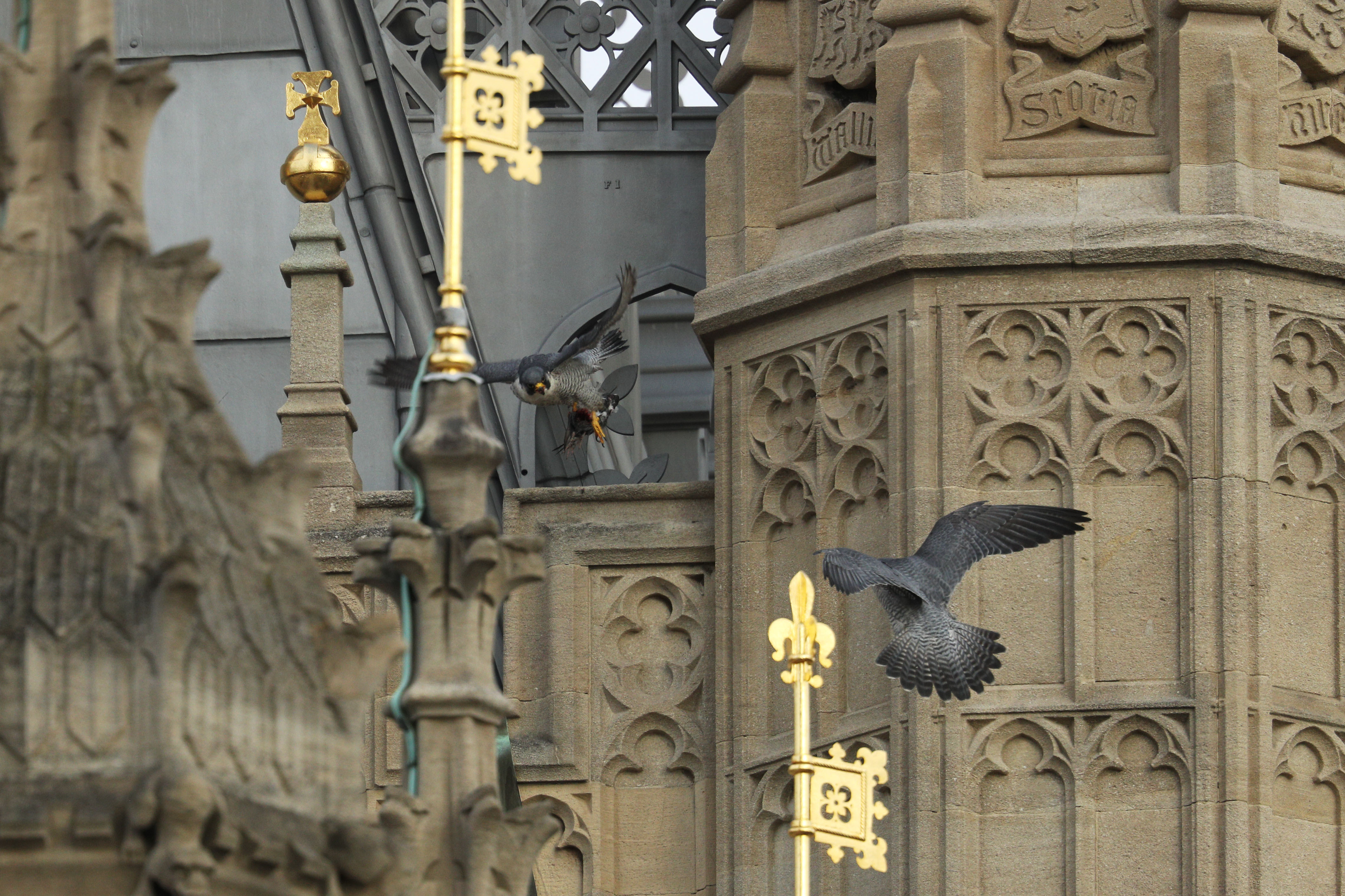
Two peregrine falcons fighting over a pigeon carcass on the roof of the Houses of Parliament in London.
The story is ongoing, but the latest census (2014) for the last species returned a figure of 1,760 pairs. It is possible that peregrines have never been more successful in this country since the Middle Ages. Compare that recent total with the 874 pairs counted in the 1930s or the telltale figure of 385 from 1961. Today, the birds have also moved inland from their traditional coastal cliffs and down from the mountaintops to nest in towns and cities the length of Britain.
London, Derby, Bradford, Wakefield and Glasgow are only a handful of the places where it is common to see peregrines hunting over the city skyline. An intriguing modern development is the Christian bent in the birds’ choice of nest site: Chichester, Winchester and Ely Cathedrals are some of the religious buildings where peregrines have elected to breed. We can also now enjoy their domestic dramas from the comfort of our own living rooms, thanks to many places livestreaming video footage of parents and offspring.
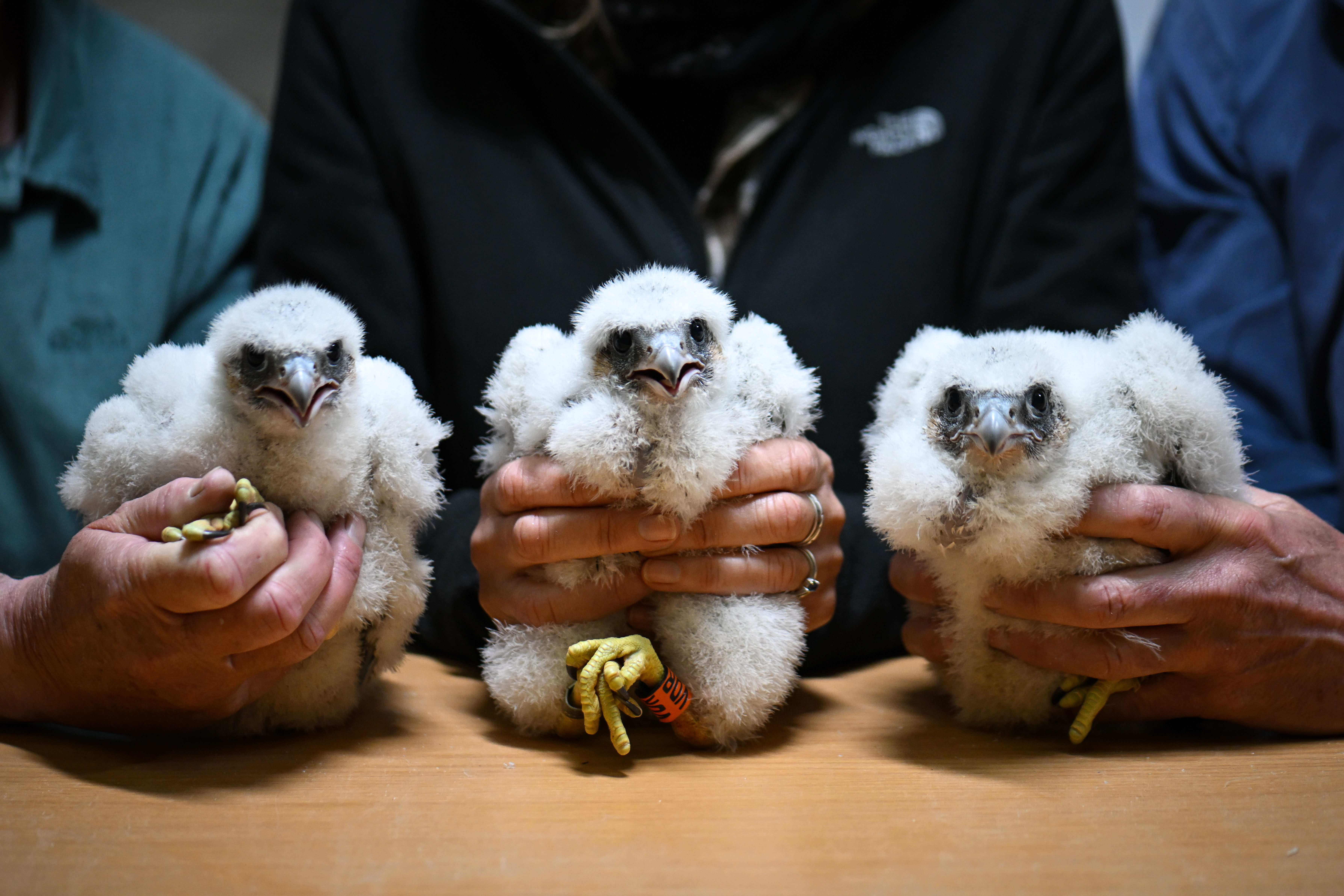
Rose, Rex and Lily — three peregrine falcon chicks being ringed and measured at Salisbury Cathedral in 2023.
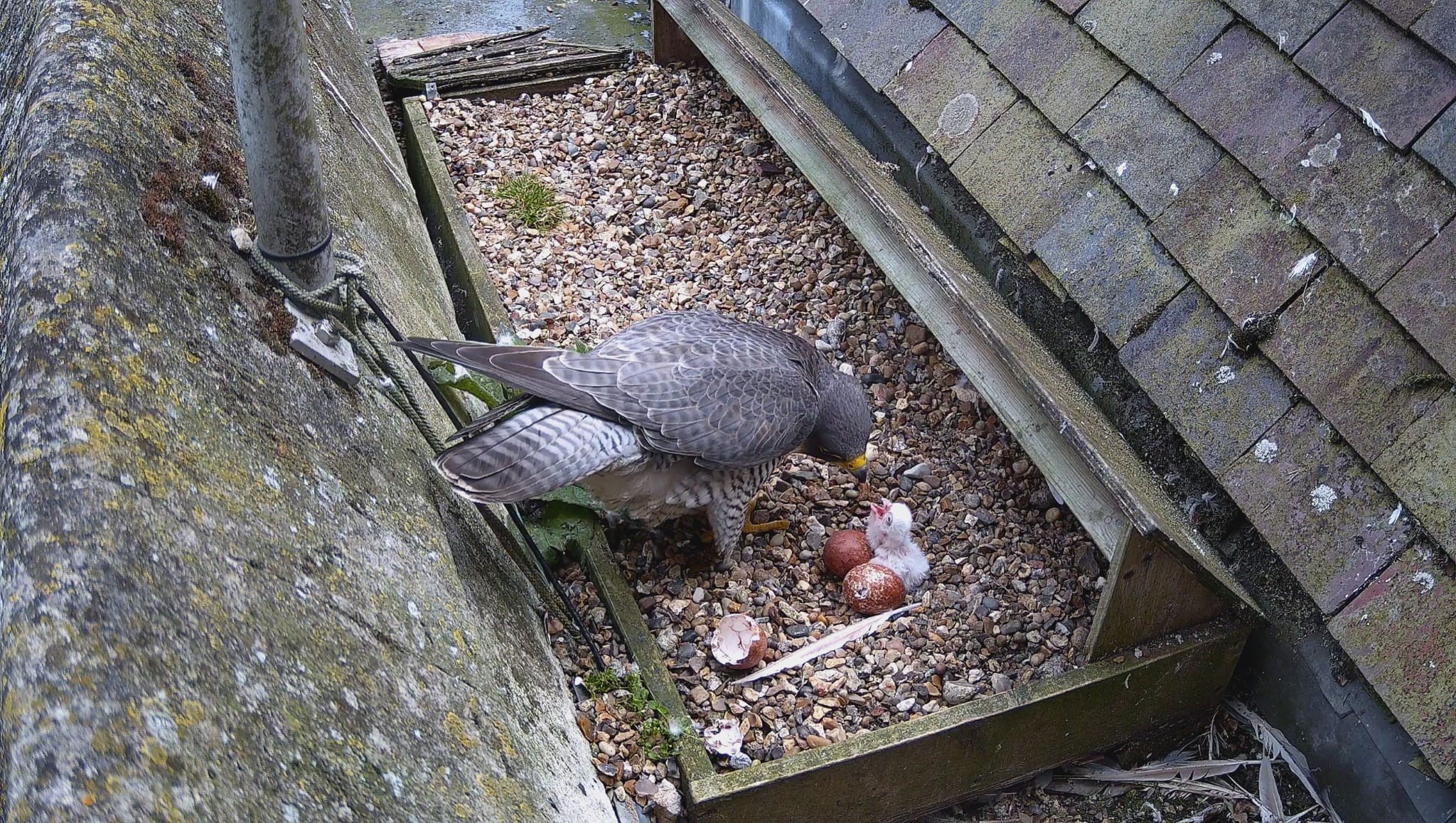
St Albans Cathedral hosts some peregrine chick's which can be watched via livestream courtesy of The Wild Life Trusts.
This restoration of the raptor is one of the great stories of British environmental action. For once, the symbol and the living reality converge completely: a peregrine is nothing less than a wonder of evolution. It has a reputation as the fastest bird on Earth, with recorded speeds of 240mph during its famous stoop. No less remarkable is the creature’s astonishing strength. One story that holds me in thrall concerns peregrines that carried adult black grouse to their nest on the Bass Rock from the Scottish mainland. The equivalent would be for a 12-stone human to fly several miles carrying an adult goat between their legs.
One of the striking aspects of these stories is not that the bird finds its prey easily, but that every item is hard won. I’ve watched peregrines for decades, sometimes daily, and seen them hunt hundreds of times. I’ve never once seen a kill. One compelling story of the challenge it involves entailed a bird spiralling down a mine shaft for 360ft underground as it pursued nothing more than a morsel: the intended prey was a skylark. The moral of the piece is that peregrines work hard for their living.
Exquisite houses, the beauty of Nature, and how to get the most from your life, straight to your inbox.
One unforeseen benefit that flowed from the crisis of historical decline was the attention it drew from an officer of the Britvic bottling company in Chelmsford. For 10 years, J. A. Baker cycled out from his hometown to look for peregrines wintering along the Essex coastline. After completing five drafts, in 1967 he published his classic book The Peregrine. It is widely regarded as a gold standard in Nature writing and remains an inspiration to authors and filmmakers worldwide. The peerless bird is matched by peerless prose. ‘Like the seafarer, the peregrine lives in a pouring-away world of no attachment, a world of wakes and tilting, of sinking planes of land and water,’ Mr Baker writes. ‘We who are anchored and earthbound cannot envisage this freedom of the eye. The peregrine sees and remembers patterns we do not know exist.’
Mark Cocker's latest book, ‘One Midsummer’s Day: Swifts and the Story of Life on Earth’, is out in paperback
This feature originally appeared in the June 25, 2025 issue of Country Life. Click here for more information on how to subscribe
Mark Cocker is a naturalist and multi-award-winning author of creative non-fiction. His last book, ‘One Midsummer’s Day: Swifts and the Story of Life on Earth’, is out in paperback. A new book entitled 'The Nature of Seeing' will be published next year by Jonathan Cape.
-
 Moths, memories and surviving the Russian Revolution: that knackered old rug is worth saving
Moths, memories and surviving the Russian Revolution: that knackered old rug is worth savingDon’t consign that faded and tatty rug you inherited to the skip, warns Catriona Gray. A specialist repairer can work miracles on even the most unloved pieces
-
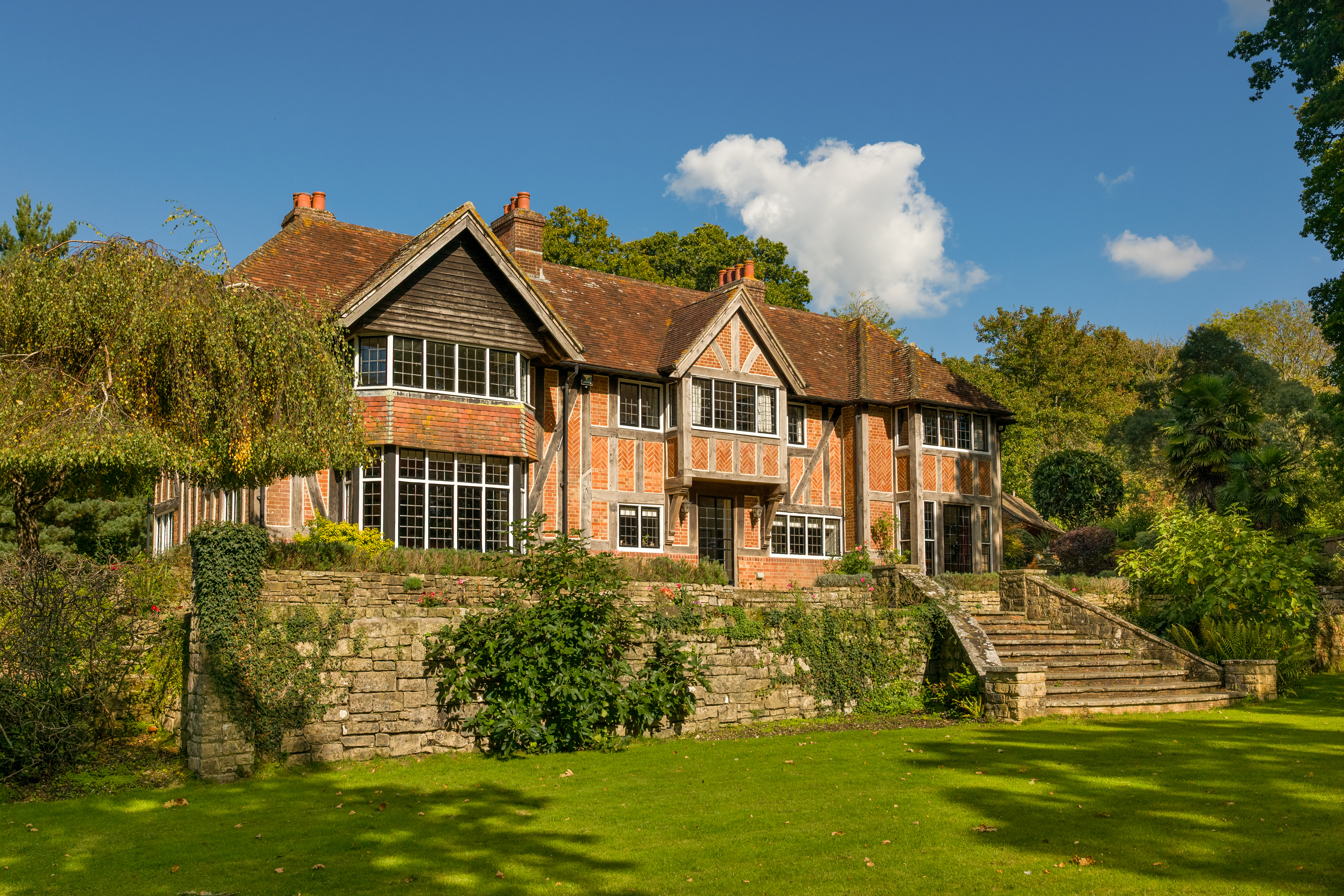 An Arts-and-Crafts home that sits in prime position in the most exclusive (and priciest) road in Hampshire
An Arts-and-Crafts home that sits in prime position in the most exclusive (and priciest) road in HampshireWith its own private jetty on the Beaulieu River, The Rookery is a rare and beautiful home. Penny Churchill takes a look.
-
 An unfenced existence: Philip Larkin's love of the countryside
An unfenced existence: Philip Larkin's love of the countrysideRichard Barnett pokes at Larkin’s protective carapace of soot-stained gloom and finds a writer with an unillusioned yet tenderly perceptive sense of Nature, in all its beauty and indifference
-
 'It is hard to beat the excitement of watching a peregrine you have trained stoop from 1,000ft, going more than 100mph' — the complicated world of falconry
'It is hard to beat the excitement of watching a peregrine you have trained stoop from 1,000ft, going more than 100mph' — the complicated world of falconryA combination of spellbinding sport and profound empathetic connection, falconry–a partnership in which the bird maintains the upper hand–offers a window into ‘the deeper magic’.
-
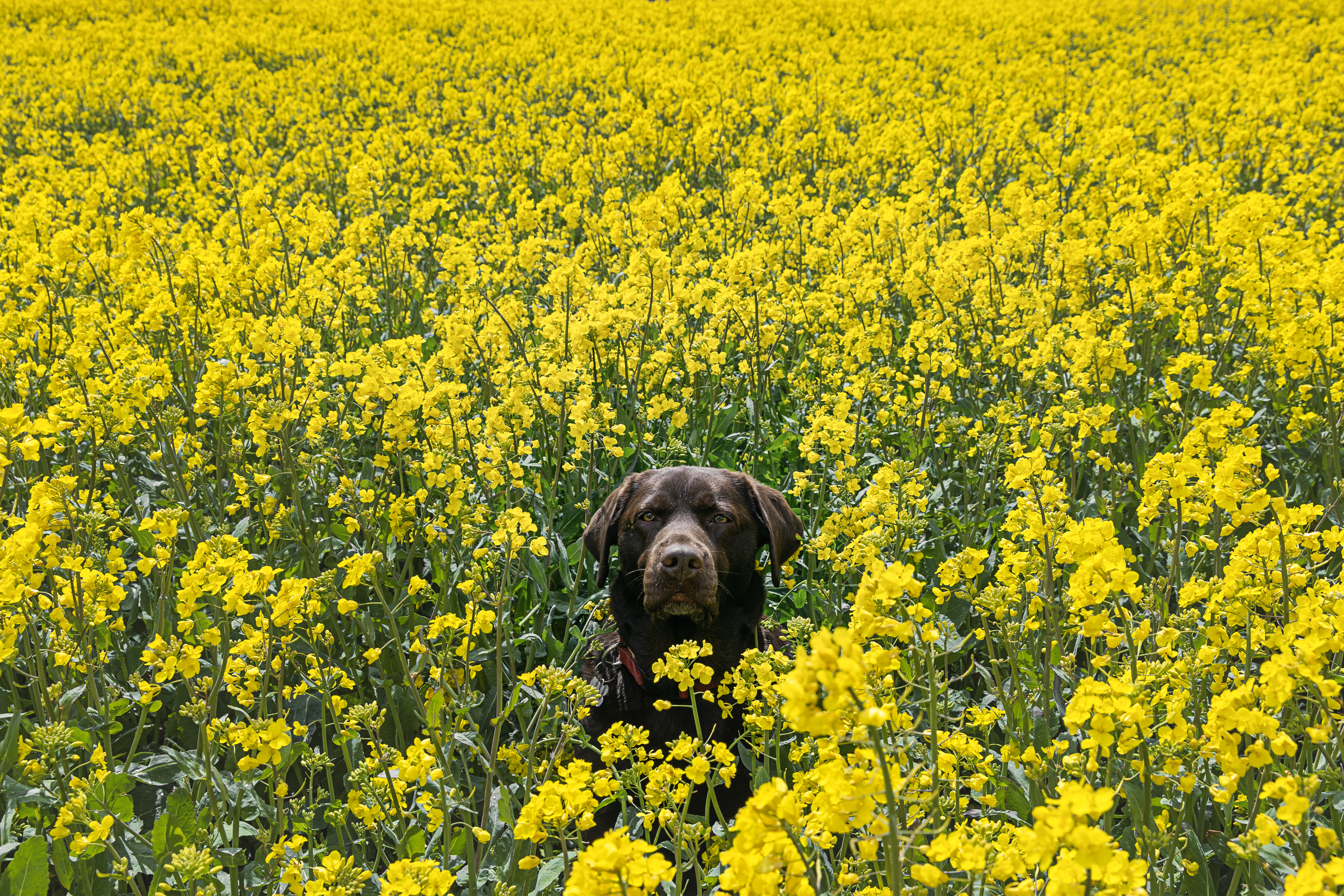 What is everyone talking about this week: More than half the country owns a pet and nearly half our marriages end in divorce — no wonder pet-nups are on the rise
What is everyone talking about this week: More than half the country owns a pet and nearly half our marriages end in divorce — no wonder pet-nups are on the risePet-nups, a formal agreement between couples over what should happen to their pets in the event of a split, are on the rise.
-
 Haute dogs: How fashion’s finest would dress 11 dogs and one very spoilt cat if only they had the chance
Haute dogs: How fashion’s finest would dress 11 dogs and one very spoilt cat if only they had the chanceWe’ve matched some much-loved breeds to the designers that share their history, temperament and vibe — because why not. Illustrations by Tug Rice.
-
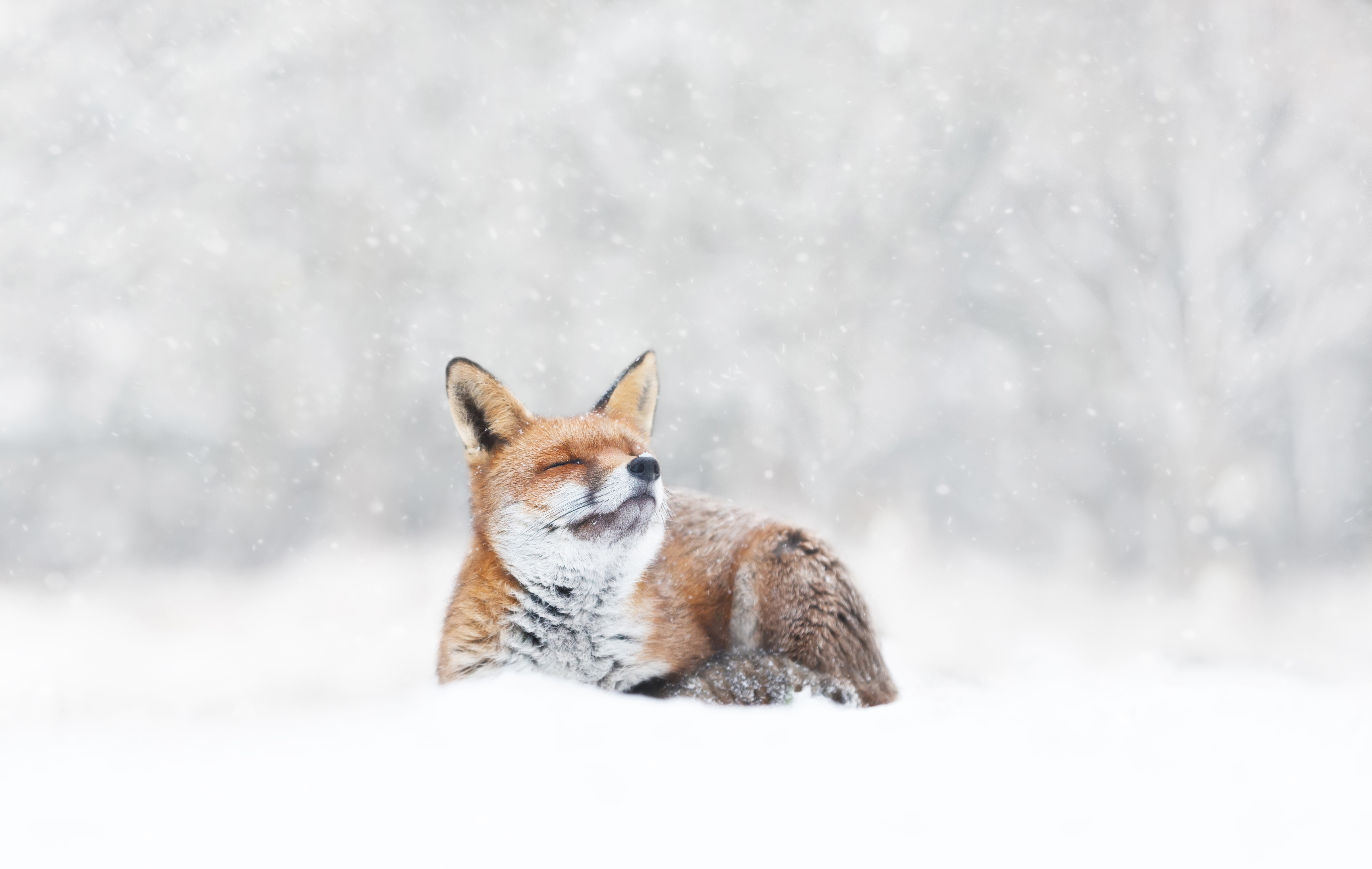 Baby, it’s cold outside (even if you have a natural fur coat): How our animals brave the winter chill
Baby, it’s cold outside (even if you have a natural fur coat): How our animals brave the winter chillWhen the temperature drops, how do Britain’s birds, beasts and plants keep the cold at bay? John Lewis-Stempel reveals Nature’s own thermals.
-
 Retro rubbish: Waste from the 90s unearthed in 97-mile-long beach clean
Retro rubbish: Waste from the 90s unearthed in 97-mile-long beach cleanThe 6,482 volunteers unearthed waste discarded decades ago among the 232,229 pieces of litter recorded during the initiative.
-
 Yorkshire’s bravest and most charming gentleman — the Airedale terrier
Yorkshire’s bravest and most charming gentleman — the Airedale terrierBred on Yorkshire’s riverbanks to face otters, snakes and even enemy fire, the Airedale has gone from the trenches of war to the hearts and homes of presidents and movie stars.
-
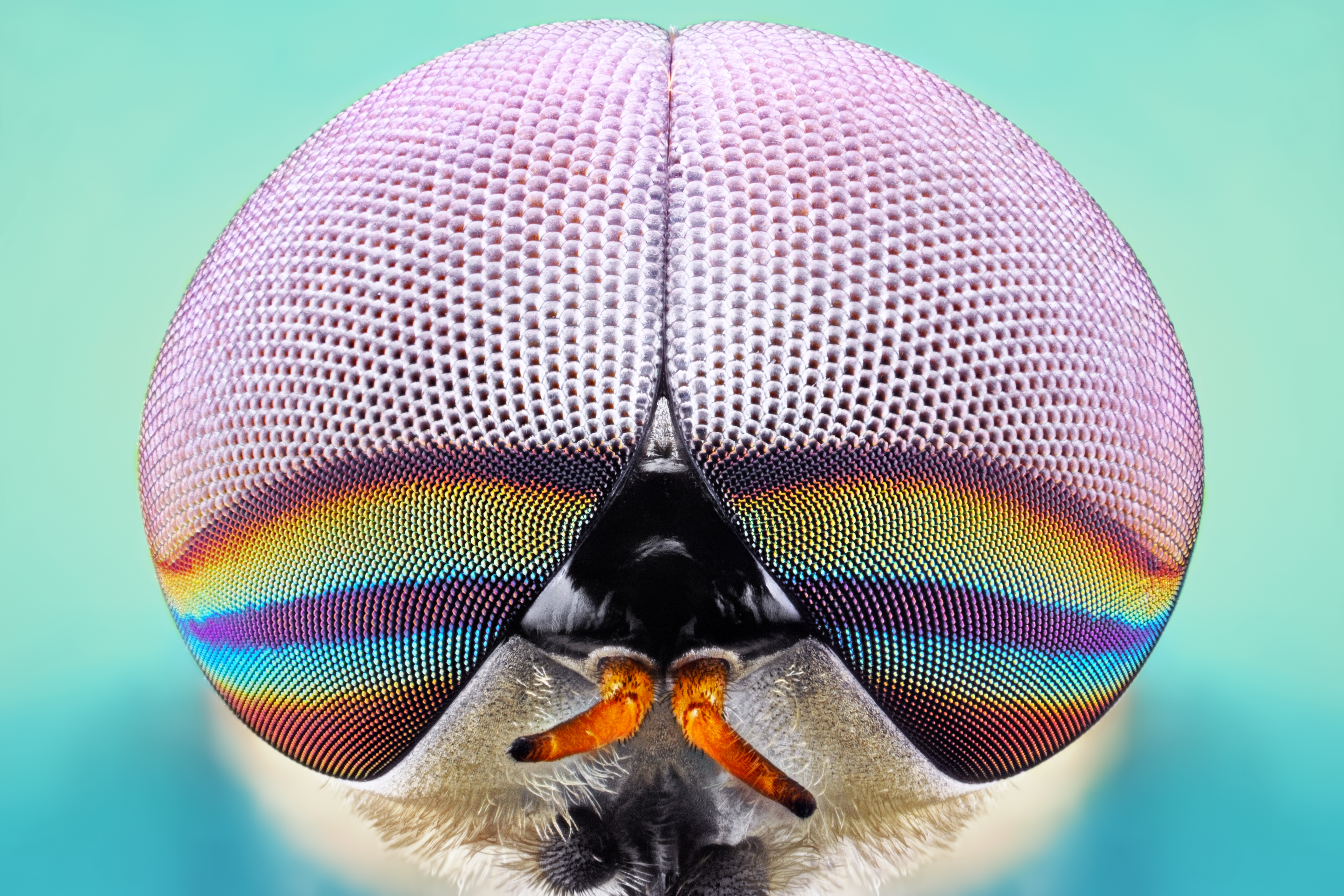 Dangerous beasts (and where to find them): Britain's animals that are best left alone
Dangerous beasts (and where to find them): Britain's animals that are best left aloneJohn Lewis-Stempel provides a miscellany of our otherwise benign land’s more fearsome critters.
